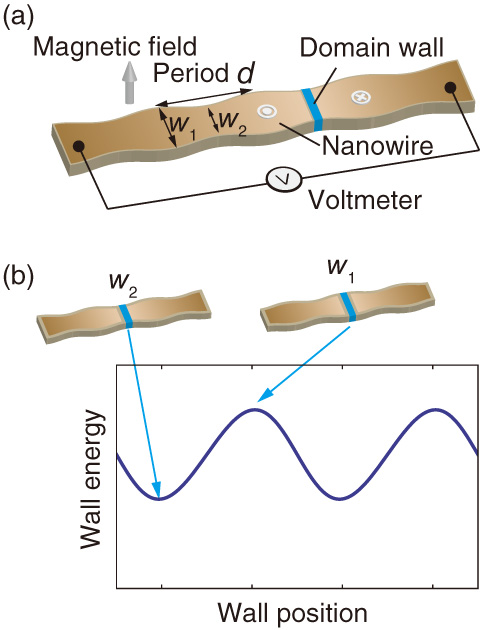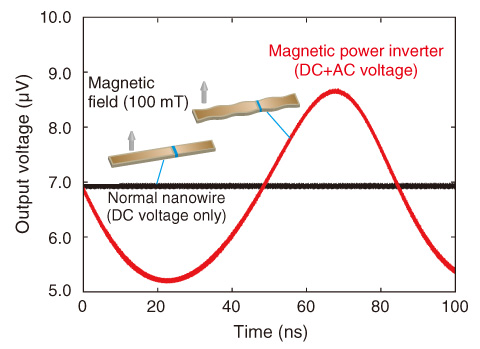
Fig.7-3 Schematics of magnetic power inverter

Fig.7-4 Output voltage of magnetic power inverter
In 1831, M. Faraday, a British scientist, found that a time-varying magnetic field induces an electromotive force (EMF) in an external circuit. Faraday’s law of induction is a fundamental law in electromagnetism and plays a pivotal role as an operating principle for various electrical devices ranging from power generators to electrical appliances.
Recent advances in nanotechnology have made it possible to fabricate and handle magnets ultimately as tiny as one likes. During this progress, we discovered a new mechanism that directly converts magnetic energy to electrical energy in a completely different manner from the conventional inductive EMF. The mechanism is called the spinmotive force (SMF), so called because it relies on the electron’s spin, a source of the electron’s magnetic properties. Contrary to conventional wisdom, the SMF can induce electricity from a static (direct current, DC) magnetic field and is now regarded as a key building block in spintronics, a research field in next-generation green technology.
An SMF can be induced using a magnetic domain wall (DW), i.e., an interface between different magnetic domains, in a magnetic nanowire (a tiny magnetic strap). When an external magnetic field is applied to the nanowire, a DW is displaced along the nanowire through an energy relaxation process. The released magnetic energy is transferred to the conduction electrons via the magnetic exchange interaction, producing an SMF.
In this work, by further controlling the DW motion, we propose the magnetic power inverter, a new conversion scheme from a DC magnetic field to an alternating current (AC) voltage. Temporal oscillation of the magnetic energy is realized by patterning a magnetic nanowire with periodically varying widths, as shown in Fig.7-3(a). In such a patterned wire, a DW behaves like an elastic membrane, and the DW energy changes with the DW position, as shown in Fig.7-3(b). In this case, the output voltage has an AC component reflecting the alternating DW energy in addition to a normal DC component due to the input DC magnetic field (Fig.7-4). The characteristics of the AC component, such as the amplitude (several μV) and frequency (MHz to GHz), can be tuned by the design of the wire shape, choice of materials, and magnitude of the applied magnetic fields.
This work introduces a novel concept that directly bridges different types of energies with frequency modulation and opens a new route for highly efficient energy conversion technology in nanodevices.